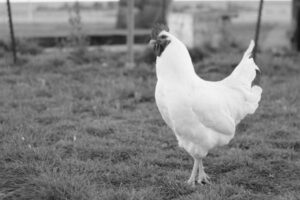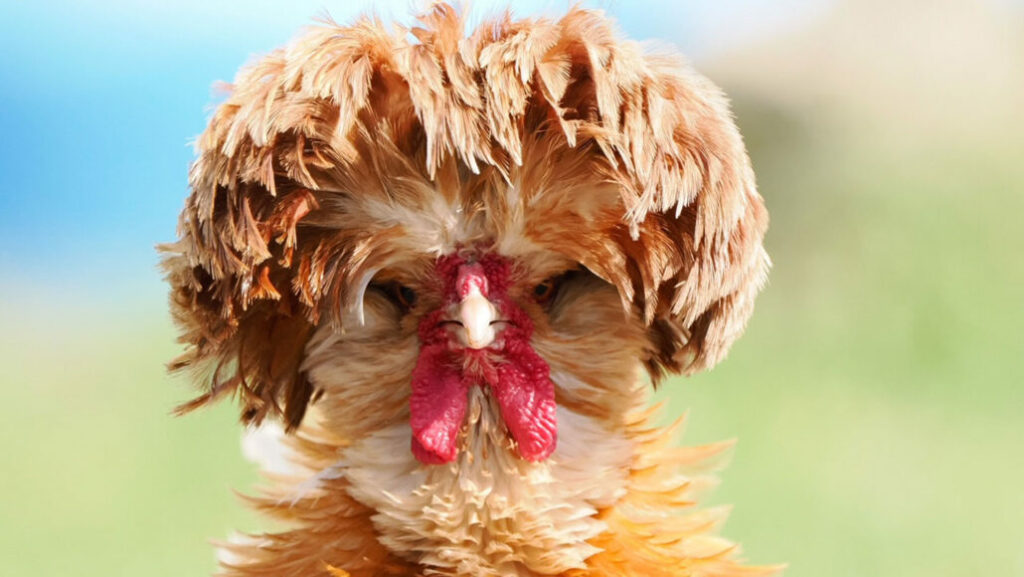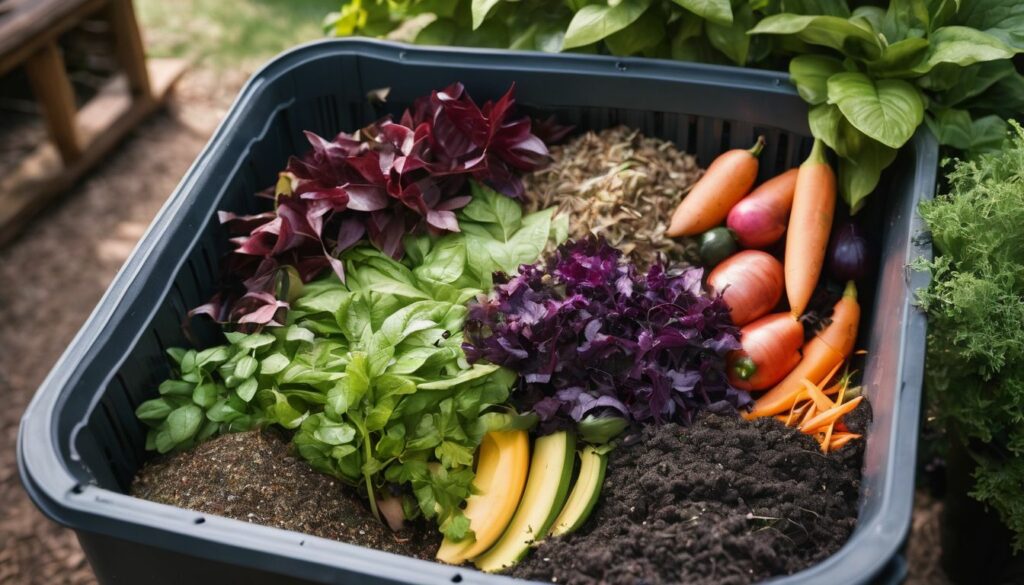If you are into poultry farming, chances are that you are considering rearing chicken. Chicken farming for both subsistence and commercial reasons has picked up in many parts of the globe, making it a lucrative industry to invest in. To raise chickens, you need to have the right coop or house. I grew up raising chickens and currently have chickens. People often ask me questions about raising chickens.
Chicken personal space is as important to chickens as it is to humans, so you need to get the coop measurement right, depending on the number of chickens you plan to rear. You must consider many factors to determine how much space chickens need during your coop construction.
The recommended space requirements for keeping standard-breed chickens are 4 square feet of coop space per bird and 8 square feet of run space per bird. Space requirements for standard heavy breed chickens are 8 square feet per bird in the coop and 15 square feet per bird in the run.
My personal recommendation is to give them much more. I have nearly five times that amount per chicken and also let them free roam. They really like roaming around the yard and actually eat substantially less feed when they are out. The important thing about “free range” is to keep them safe, so make sure you are aware of all predators like hawks before letting them go.
The size, type, and design of the coop you create for your chicken have to be well thought out in advance. You must consider various factors before determining the size and design of the coop you make, especially when you come from either extremely cold or extremely warm surroundings. Research the type of materials, budget, experts, and measures to plan for if you are to succeed in your poultry keeping. Find out from the details below the important factors determining space to be allocated for coop construction and poultry farming in general.
How do you determine the amount of space needed?
An expert will have to survey your coop because it is tough for an amateur to determine the amount of space to delegate to the chickens they want to keep. Discussed here are the few factors used to determine how much space a coop should take for the comfort of your chickens.
- Size of chicken – there are three categories used to classify chicken: Bantam, standard, and large. The smallest Bantam will need smaller rooms than the large category flocks. Using size as a differentiating factor, you should be able to allow for free movement and brooding for your chicken after your construction. Standard chickens need 4 square feet per hen, while large-sized hens require 8 square inches of space for each. The Bantam breed, being the last, will need just 2 square feet per hen.
- Personality – temperament is the trait that birds of certain classification share which mean it is bound to vary depending on the type of chicken that you want to keep. Docile hens should be kept away from highly temperamental breeds like the Asils breed. Mixing hens of different personalities will backfire as more aggressive hens cause injury and stress to the docile breeds creating chaos and potential losses.
- Weather – Temperatures change during the seasons, and plans must be made on temperature control for your coop. The coop size does not matter when farmers choose the free-range option for their hens. Coops that are made in winter-prone areas must, however, be large. Choose the right experts to have special coop designs that promote good health and hygiene in both winter and summer.
- Broodiness – all hens are not the same, and brooding quality is among the discerning factors noted. Some hens are bound to lay an egg almost daily, while others are seasonal. By knowing the type of chickens you want to keep, you can have the right nest designs to support their laying or brooding. Enough space must also be allocated to brooding hens that prefer to remain in the nest and lay eggs.

Effects of poor spacing in coops
Temperature control issues
You have to predict potential problems for your coop based on your climate or weather and lay down the right plans to protect your chicken. Discussed here are some weather conditions that affect chickens and how they should affect the design and size of the coop you build for your poultry farming. A coop has to be well-designed when it is being erected in a hot region. This is because chickens suffer from heat stress which might even cause death should they be subjected to high temperatures. The modification for coops in such regions is raising the lid or roof of the coop to allow for proper aeration at the top. Since hot air rises due to its lightweight, your chicken will enjoy cooler temperatures at the ground level.
Coops in cold regions need to consider temperature control measures for their chickens. Chicken tends to come together in search of heat when in colder regions. Your coop will have a special design that allows for the free movement of the chicken in the room. This also means delegating a lot of space to create a large-sized coop for your chicken to avoid restricting their running space. Stormy areas also call for large-sized coops because the chicken will need to move freely and come together to find heat. Ultimately the risk of suffocation is reduced with the threat small-sized coops in cold regions are susceptible to.
Bullying
This is often the end game of having different types of chicken breeds or many of them in limited spaces. Bullying will start as some chickens seek to assert dominance of the space. Pecking and feather plucking is how chicken fight, and in most cases, the fights could culminate with serious injuries. By creating enough space, you limit the amount of building per square foot.
Health Complications
Social distancing is always the right method for treating chickens that have been infected. In case of an outbreak, you need enough space to prevent the chickens from cramming together and causing the infection to spread faster. Having a lot of chicken in limited space also threatens quality hygiene, creating the perfect breeding grounds for infections. Enough space not only allows for aeration but also simplifies the cleaning process, which determines the overall hygiene standards of the coop.
How much space is needed for free-range chicken keeping?
Free range is a simple term used by poultry farmers to mean having a coop for your chicken and enough compound space for them to run in during the day. It is often the right strategy to use for non-commercial chickens, for instance, backyard hens. There is no limit to the amount of space you should have for your free range keeping, provided there are control measures to restrict them from leaving the compound.
You must also have methods of safeguarding the compound since chicken games can leave the area looking scratched and muddy. Fencing on portions will allow for the rotational type of keeping, which is the most used by backyard hen farmers with space. After a certain predetermined duration, the chicken is directed to other portions of the compound as grass grows on the worn-out areas.
How do I do poultry farming with limited space?
This is often the case for many people who are new to poultry farming today. It is not ideal for keeping chickens in a limited space for several reasons, like suffocation, poor brooding, a lot of fights, and even heat stress. However, special considerations can be made to make good use of the limited space. Check out some of the ideas discussed below on properly using your small space for safe and productive chicken keeping today.
- Choose the right breed – there are many types of hen breeds you will find around the world for your poultry keeping. If you lack enough space for large-scale poultry keeping, consider finding smaller breeds of hens like bantams. This will be perfect for your small space as it might even allow you to keep several of them.
- Avoid keeping many chickens- having ascertained the breed of chicken that you want to keep, the number to keep should be your next concern. The smaller the number, the easier it is to manage feeding, breeding, and hygiene, often the three major threats to any coop productivity. Consider offloading the excess chickens whenever they exceed the number you determine to keep in the available space.
- Use coop designs wisely – There are several coop designs available for you to choose from. The choice you will make depends on the size of space available for the construction of the coop. You can choose to build a long vertical coop to create a lot of space upwards to keep more chickens but it should be a smaller breed.
Conclusion
The general guidelines to be used for the construction of coops have been determined above. New investors in farming should understand that the quality of the coop created is as crucial as diet when it comes to impacting the project’s success. Using a professional builder mitigates the room for errors that most amateur farmers are bound to make when constructing their first coops. However, it is much advised to combine small and medium-sized breeds to make better use of the available space and maximize the return on investment.





